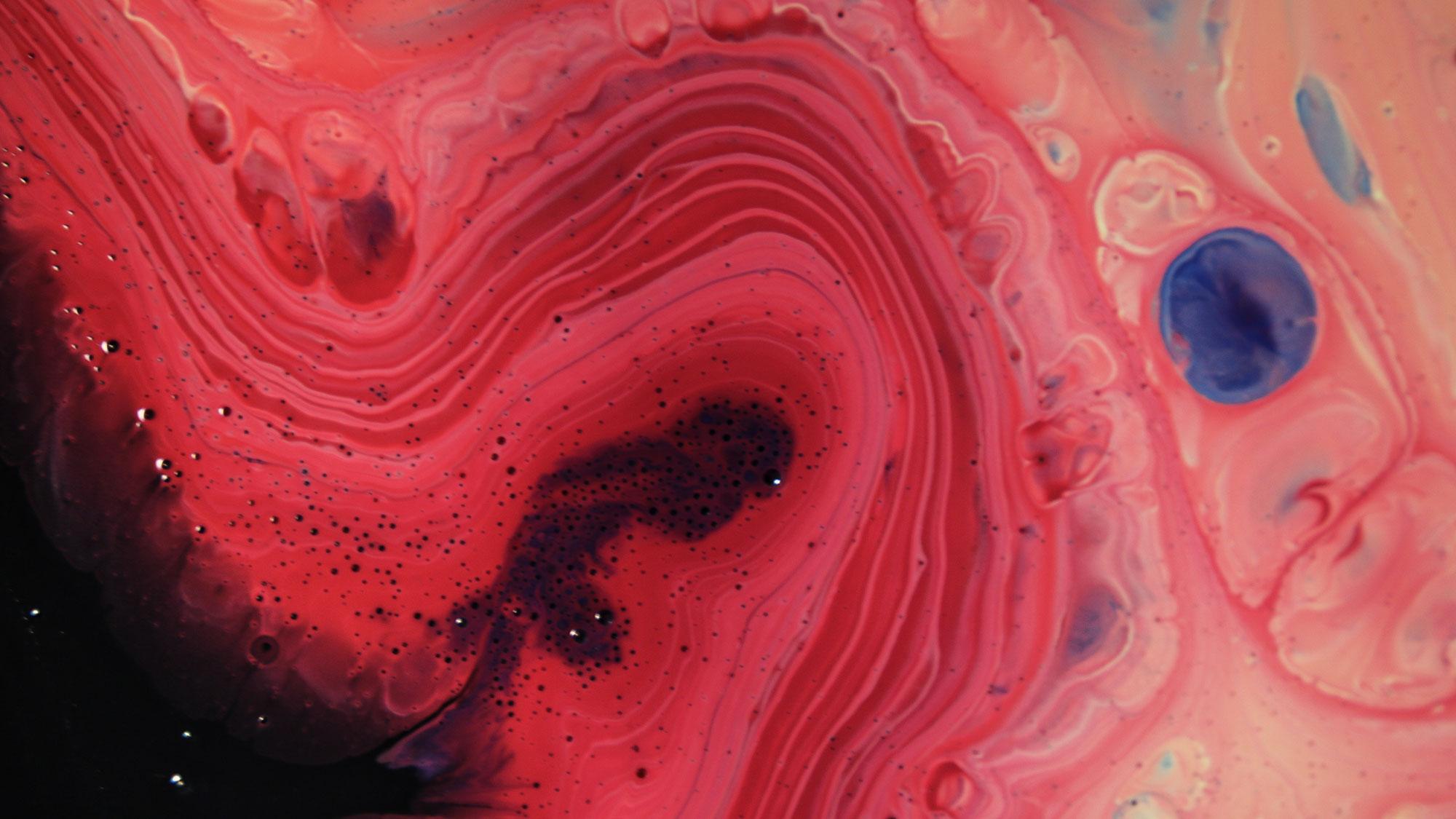J4-1774

Use of probiotics to control contamination of poultry farms with campylobacters and salmonella

General Data
Member of UL: Veterinary Faculty
Name of the leading partner:
Status: leading partner
Project code/ Projet No.: J4-1774
Project Title: Use of probiotics to control contamination of poultry farms with campylobacters and salmonella
Project period: 1. 7. 2019 - 30. 6. 2022
Yearly sum of FTE: 1,3 FTE
Leader: dr. Matjaž Ocepek
Scientific field: Biotechnical Sciences/Veterinary Medicine
Partners: SICRIS
Project phases
WP1: Analysis of the gut microbial community in chickens from the control group – S. Infantis-free
WP2: Analysis of the gut microbial community in chickens depending on probiotic preparation
WP3: Analysis of the contamination level of chicken carcasses with campylobacters and salmonellae
WP4: Analysis and dissemination of the results regarding the addition of probiotic preparations to poultry farms
Project description
Campylobacter spp. and Salmonella spp. bacteria are the major cause of foodborne bacterial enteritis in humans worldwide. The control of campylobacteriosis and salmonellosis is hindered by the fact that these pathogens are hosted by many animal species as well as by their persistence in the environment. One of the main reservoirs of these bacteria is poultry, and chicken meat is one of the most important foods for Campylobacter and Salmonella transmission. In order to reduce the burden of these diseases in humans, there are two key approaches in veterinary medicine: (i) measures on the poultry farms in terms of preventing the introduction or reducing the level of colonization/number of these bacteria in the poultry gut; and (ii) measures in the slaughterhouses to prevent the faecal contamination of carcasses as efficiently as possible. At the farm level, the introduction of Campylobacter and Salmonella into the facility can be minimized through diverse biosecurity measures. Certain serovars of Salmonella can be successfully controlled with preventive protective vaccinations. Alternatively, in animals the level of gut colonization with these pathogens can be modified using probiotics in the feed or water. Probiotic bacteria are expected to occupy specific niches in the gastrointestinal tract of the animal, thereby displacing the unwanted bacteria with zoonotic potential, such as Campylobacter and Salmonella. Alternatively, the metabolites of probiotic bacteria (bacteriostatic/bactericidal for the unwanted bacteria) could positively affect the gut microbiota of animals. In addition, probiotics can be used to reduce the presence of pathogenic bacteria in the environment, namely to exert a 'selective' disinfection/decontamination of the environment.
In the proposed project, we aim to assess/analyse the composition of the bacterial microbial communities (microbiota) in the intestines of broilers from S. Infantis - free flocks and compare it to the microbiota of animals from positive flocks. In this way, it will be possible to determine whether the composition of microbiota affects the colonization with campylobacters or salmonellae in broilers. In the second part of the project, we will study the impact of the selected probiotics on the composition of gut microbiota in positive broiler flocks, thus investigate their role in preventing or regulating the colonization of broilers with campylobacters and S. Infantis from the farm environment. In order to ensure safe food, the influence of probiotics will also be determined on the slaughter line by inspecting the level of contamination/number of campylobacters and S. Infantis on the broiler carcasses from probiotic-treated and non-treated flocks.
The results of the project will, for the first time, give us an insight into the composition and alteration of the gut microbiota of broilers/industrial poultry at different stages of production in the Slovenian environment/conditions, as well as its possible impact on the level of colonization of broilers with zoonotic pathogens from Campylobacter and Salmonella genera. In the case of favourable outcome, the results will serve as a basis for further research on the reduction of the presence of zoonotic bacteria in animals through probiotic bacteria (with sustainable cultivation), with the ultimate goal of fulfilling the fundamental principle of the "One Health” concept – reducing the use of antibiotics both in veterinary
Structure of the project group
Location
Gerbičeva 60
SI-1000 Ljubljana
Slovenija
Sample Reception
Samples are received at several locations throughout Slovenia. See where.
The veterinarian on duty
Emergency veterinary assistance for dogs and cats and a telephone number of constant readiness.
Library
A wide selection of domestic and foreign professional literature in the field of veterinary medicine and other sciences.
Main navigation
-
Education
- Informativni dan
- Why to become a veterinarian?
- Undergraduate Studies
- Postgraduate studies
- Pripravništvo
- Summer Schools
- Continuous education
- Professional Development
- International Activity
- Mednarodna dejavnost - Tuji študentje
- The Path to Creative Knowledge
- Tutoring
- Extracurricular Activities
- Career Centres
- Alumni
- Student organizations and societies
- Quality Assurance
- Clinics
- Diagnostics
- Dobrobit
- NVI
- Research
- About us
- Hub


